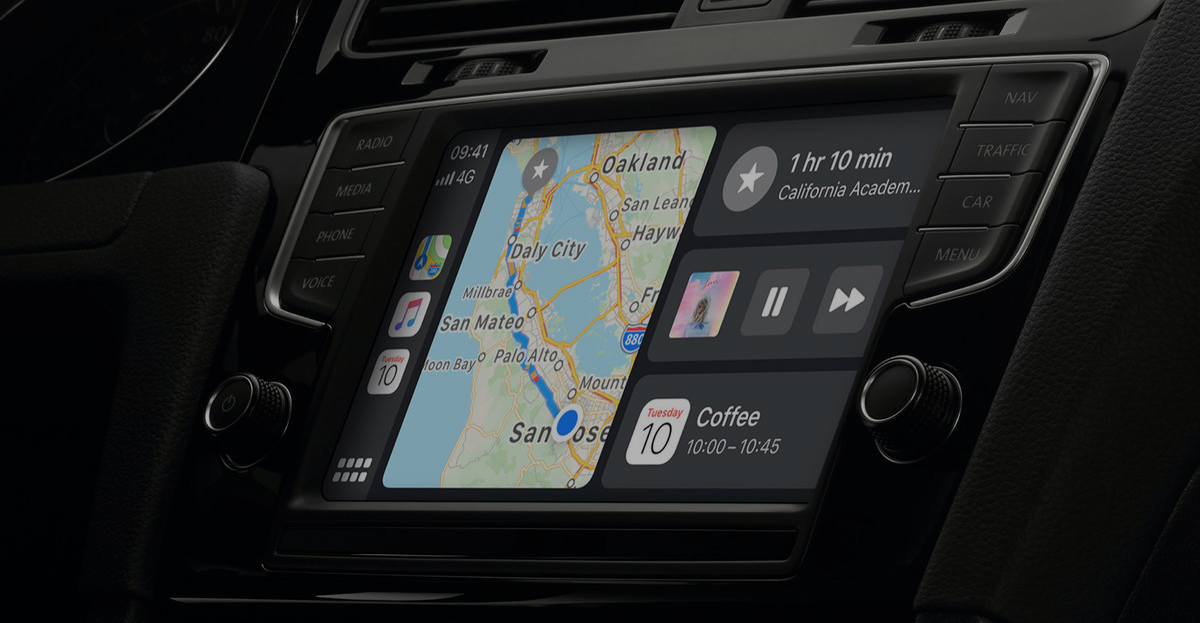What Makes The Best Mobile Operating System?
Mobile devices are becoming less about the hardware and more about the operating system (OS) running atop it. So, what makes the best mobile operating system? Here are four of the most important features of a mobile operating system:
When it comes to smartphones or even tablet computers, arguably the two biggest examples of companies in the mobile operating system space are Apple and Google. Apple, of course, for their many iOS-powered iGadgets and Google for their Android. When buying a new smartphone or a tablet, consumers ask things like ‘should I get an iPhone/iPad or an Android device?’ The question isn’t ‘should I go for the dual or single-core processor?’ That’s because time and time again, the capability of the operating system is trumping the hardware it runs on. But what makes a consumer choose between the two? We’ve covered the four most important features of mobile operating systems here.
What A Mobile Operating System Actually Is
A mobile operating system is a foundation that allows you to run your favorite apps and programs on your mobile device. Without the operating system, a phone would not look or feel the way it does to a user. Like we said before, people aren’t usually shopping based on the specific hardware. But, the operating system is that hardware that allows users to play their chosen games, access an array of settings, and utilize the array of services their mobile device offers. It’s essentially the backbone for all of the capabilities of a mobile device.
So, let’s dig into the main features of mobile operating systems and how they vary between providers. It’s also helpful to consider these things if you are thinking about how to create an operating system for mobile, as well.
1. Ease of Use
Menus and buttons are about as vital to a mobile experience as much as what the user can do with them. It feels impossible to download apps and access the very things that a device is supposed to allow us to do if the settings and options to do that are as complicated as figuring out quantum physics.
It’s the difference between ‘Open App’ and ‘Begin Using Software Application’. It’s also the difference between button shapes and if they’re easily noticeable and understandable, or, if they are solely a collection of indecipherable symbols that read as easy as hieroglyphs. When it comes to making a mobile operating system, keeping that end-user experience in mind is absolutely essential, especially when it comes down to the tiny details like these. Step out of the mind of an iPhone app developer when doing this and into that of your user to make sure you’re addressing even the smallest pain points than can disrupt their experience.
User experience is one of the most important features of your app. It can be tricky to master ease of use when you’re going it alone. You’re better of using an app development agency, such as Blue Label Labs, who will have an in-house design and development teams that ensure a superior user experience. For example, folders go a long way towards improving ease of use – and who doesn’t appreciate good organization capabilities? An example of a mobile operating system with this capability is Android’s latest version of Jellybean, which allows for both pages and your very own folders. These can all be handpicked, chosen, and created by you. With everything in its place, speed of ease doesn’t get much quicker than that.
2. Customizability for the User
When it comes to our gadgets, there are few things we enjoy more than a breadth of options. Given the option to change everything from color schemes to simple concepts – like being able to change the background image on the device or to decide how the device greets us on switching it on – usually, the more options the better.
The developer of the operating system wants a completely different design from that of the user. And user experience is a deeply important factor in whether a user keeps picking up their phone or puts it down in frustration, so the smartphone operating system plays a big role. While simplistic use may be fine for some people, allowing them to add nuts, bolts, screws, and brackets to the operating system bracket (besides apps) could be a great thing. Luckily, as most mobile operating systems feature a breadth of customization options, it’s best to just shop around. Try out as many in the store as you can as each one may be differently suited to your customization taste.
3. App Design and Interfaces
Smartphones and tablets made such a big splash when they were first introduced to the market in part because of how wondrous and fantastical were the devices’ touchscreens. The other reason for the success is likely down to apps.
Eschewing having to load up the device’s built-in web browser to fire up a website and access it that way, apps make that far easier. They often provide even more features to their browser counterparts. In fact, apps are so advanced that you can even download a brand new browser to access the Internet on.
As well as simply being entertaining, apps on smartphones have important implications for the improvement of humanity. Blue Label Labs has partnered with a number of healthcare apps that show this.
For instance, we’ve worked with top-tier hospitals like Cornell and Columbia’s teaching hospitals, as well as independent physicians and pharmaceutical companies. From the award-winning Love My Heart for Women app from Columbia University’s Women’s Cardiology Department to the FriendHealth platform built by a solo entrepreneur. It was our involvement in the creation of these products that won us recognition by DesignRush as one of the Top Health and Fitness App Developers.
The only problem is that not every app is available on every OS. In looking at examples of mobile operating systems and the array of apps available on each, Android currently has more apps listed on its store. But, iOS isn’t trailing far behind. Keep in mind that some apps have either Android or iOS exclusivity, so if you want to get your hands on plenty of applications, Android is where you should look. Quality over quantity is a good mantra to go by when comparing the features of mobile operating systems: The more apps available on an OS, the better.
4. Multi-Tasking and Split-Screening
The hardware of a device covers how well and how fast each app or process on the device runs. It’s responsible for how many crashes an app will log in use and what keeps them running as smoothly as possible. With your hardware up to the challenge of running all of these apps as they should, why not take advantage and ask for more of it?
Multi-tasking is mostly a new feature of mobile operating systems. Apple’s updated iOS features allow for multiple apps at one time and Android’s latest Jellybean update lets users multitask, too. With devices more and more being used as extensions of offices and workspaces, it makes sense to make a mobile operating system that allows us to run as many things as we’d want from our laptops. With devices that do that, it’s a wonder why we’d find much use from computers at all.
These are our four picks for the most important features of mobile operating systems, but if you have some suggestions, leave a comment.
Photo by Sora Shimazaki from Pexels
Natasha Singh
Senior iOS Developer at Blue Label Labs









